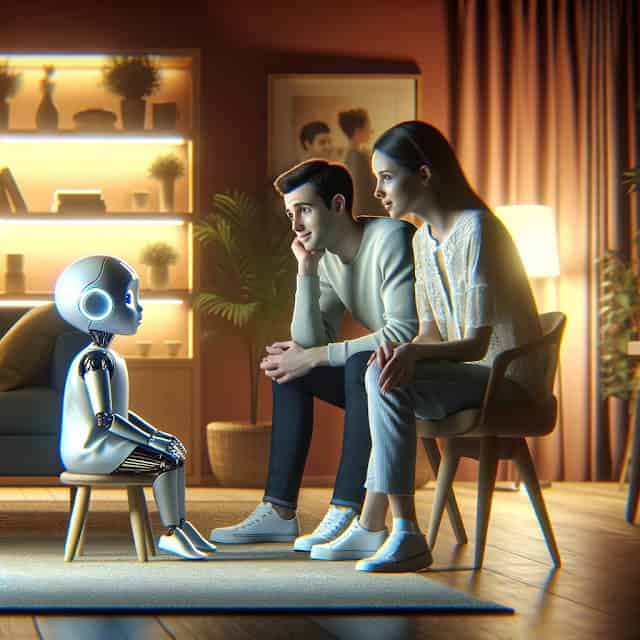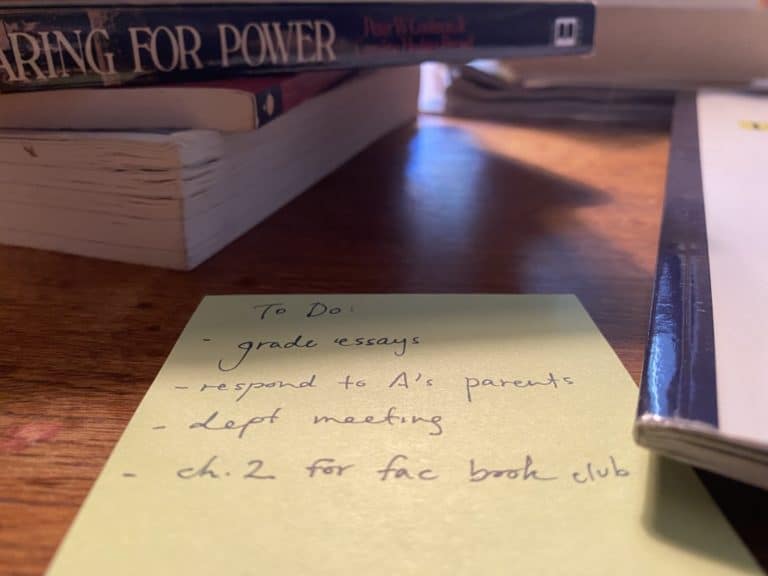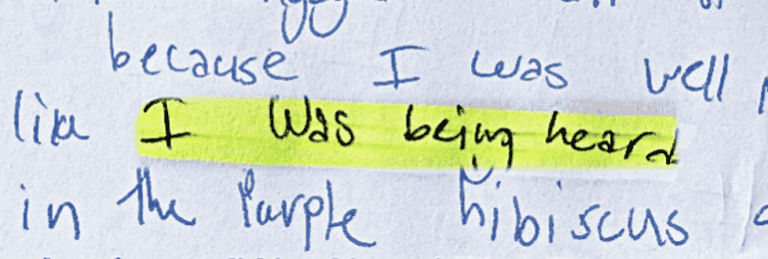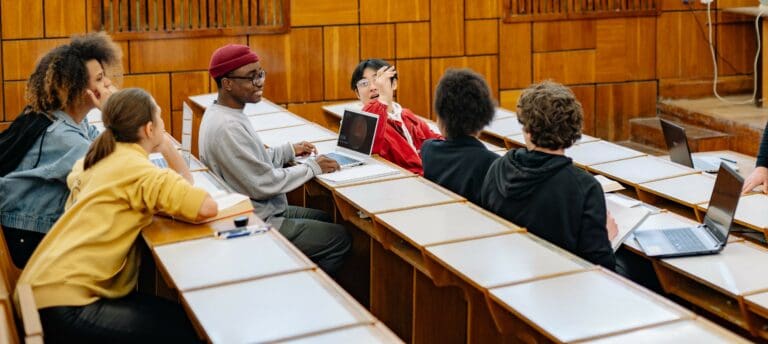The Pros and Cons of AI in Class Discussions
It’s clear that AI will have a role in the future of schools – and teachers are (perhaps surprisingly) receptive to that idea. A 2023 Walton Family Foundation survey found that 61 percent of teachers see legitimate educational uses for ChatGPT. In our conversations with R.E.A.L.® faculty grappling with the impacts of ChatGPT on class discussion, we’re hearing a similar sentiment. The teachers with whom we’ve spoken frequently describe themselves as “intrigued,” “curious,” and “optimistic” about AI, even as they retain some wariness about how AI can short-circuit the critical thinking and writing processes that are at the heart of great humanities classrooms.
The Pros: What AI Can Do for Class Discussions
We know that individualized attention and a sense of mattering are critical first steps in building a school culture where all students thrive. AI-powered tools like ChatGPT can help level the proverbial playing field by serving as brainstorm buddy, coach, and more – and by offering one-on-one support at a scale impossible for individual teachers to match. When it comes to discussion, students armed with AI can expedite discussion prep — especially when teachers pose simple, context-less questions that are easy for chatbots to understand and answer (eg: “GPT, give me three quotes about the theme of ambition on Macbeth”).
AI can help students prepare for class discussions by gathering ideas, extracting excellent quotes, reinforcing details, and testing out ideas with a one-on-one conversation in the comfort of their own homes.
AI can help students prepare for class discussions by gathering ideas, extracting excellent quotes, reinforcing details, and testing out ideas with a one-on-one conversation in the comfort of their own homes.
Although the voice recognition technology isn’t there yet, it’s also not hard to imagine a world in which AI records and analyzes the class discussion itself: providing a feedback loop, assisting teachers with evidence-based grading, and positioning the class to reflect together – and with real data! — about the dynamics of the last discussion. Early tools like TeachFX (which records teacher vs. student voices and analyzes teacher speech patterns) and Class (which analyzes live discussions in virtual classrooms) have begun experimenting in this direction. In order to make the most of this kind of technology, however, teachers will need new training and tools: this level of specificity and analysis is far beyond how most teachers assess (Did you talk? How many times?) and debrief (How did discussion feel today, class?) discussion today.
The Cons: What AI Can’t Do for Class Discussion
Today’s AI can parse quotes and analyze themes, and tomorrow’s AI will provide discussion transcripts and analytics, but a bot can never replace the deeply human experience — and uniquely human skill — of great discussion.
AI can help students prepare for class discussion by identifying facts: this series of events happened, and something else happened as a result. It can draw parallels between events in disparate texts. It can highlight textual evidence to support a theme.
But here’s what it can’t do: Make students care. Help students find personal meaning in the literature and history they study. Build intellectual and emotional relationships among students in a classroom. Help kids practice reading body language and space, so they can learn to disagree and debate with respect and care for each other. Let a child see when their comment lands the wrong way — and apologize for it. Feel the pride and joy that comes with a live and socially-recognized “lightbulb” moment. Experience the trepidation — and ultimately, the satisfaction — of asking a genuine question of peers that reveals vulnerability and leads to the feeling of being seen and supported. Learn how to truly listen to each other. Control your attention long enough to stay focused on a point — even one with which you disagree.
Tools like ChatGPT can answer students’ “how” questions easily. They can answer many discussion questions teachers pose in advance of in-class conversations. They can identify who said what quote in which book. They can even, to a certain extent, identify why certain discussion questions are important. But they simply cannot answer the pivotal, existential questions that characterize really good discussions. Only students themselves, in the company of peers and teachers, can do that.
Tools like ChatGPT can answer students’ ‘how’ questions easily…but they simply cannot answer the pivotal, existential questions that characterize really good discussions. Only students themselves, in the company of peers and teachers, can do that.
The question for educators is: in a world dominated by AI, how can we use class time to experience what it means to be human together — and build uniquely human skills?
In our whitepaper on the future of discussion skills in an AI world, we dive into the three purposes of class discussion in an AI world — and we offer our insights on how educators can take advantage of critical class time to build skills that will help students survive and thrive in this brave new world. Check out our whitepaper to learn more, and let us know what you think!






